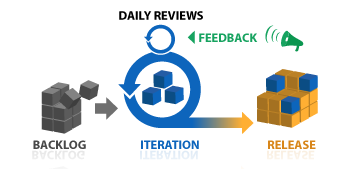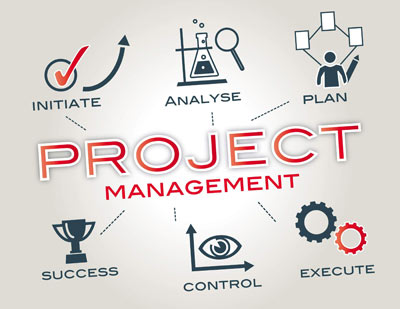 The answer to the above asked question can be very simple, but first you need to understand the mindset of stakeholders who wants to get maximum results with minimum expenditures. Many people today see the project manager officials as providers of low value with high administrative cost. They also perceive that they are doing little to improve project delivery, which is indeed not true.
The answer to the above asked question can be very simple, but first you need to understand the mindset of stakeholders who wants to get maximum results with minimum expenditures. Many people today see the project manager officials as providers of low value with high administrative cost. They also perceive that they are doing little to improve project delivery, which is indeed not true.
We will discuss the facts here.
The general state of the project management is not improving; the recent increase in project manager officials hasn’t changed the facts as well. According to estimation, organizations worldwide waste around US$122 million every year, this survey was done by PULSE, and was done according the expenditure of US$ 1 billion being invested for every project. The previous records show that it is the increase of 12 percent according to the gone years.
The question arises here, why there is a huge gap between the presence of project manager officials and the project success rate, as the success rate is declining, according to the stated facts?
Indeed the question is somewhere among the project managers.
Here are some of the reasons summed up for the failure of project managers and what the people in lead role of project management can do about it?
The first thing to ponder upon is repeated processes or redundancy over efficiency during project development lifecycle.
This can be explained by an example, let’s just take an example, in an organization there are multiple PMOs, functional PMOs, such as IT, business, finance PMOs etc. these multiple layers of PMOs will cost the portfolio manager an exaggerative cost, expenditure will be huge, excessive time, energy, utility etc in order to fulfill the requirements and requests of multiple functional project manager officials.
The thing that needs to be understood, there is more power and value in centralizing and standardizing portfolio information. The executives should have a clear insight into each and every part of the ongoing process to have a clear understanding of what and how the decision should be made.
Before appointing PMOS the things that should be taken into consideration is whether there are areas that have the same type of oversight and control.
Another major step is taking into account the difference between talent and template, how it is done is the next biggy.
The part where PMOS lack is they rely on templates rather than originating skillful teams. Teams that is skillful in all aspects.
In order to contribute to the project’s success, the portfolio management processes need to be repeatable. They should sustain for quite a good span of time. And need to be successful in demonstrating measurable impact; these all will clearly add value to a business by generating a successful project and making you and your team a success. The project manager leads lack when they try to enforce the process instead of having the right and skillful people at the place to help the success in project development and execution.










